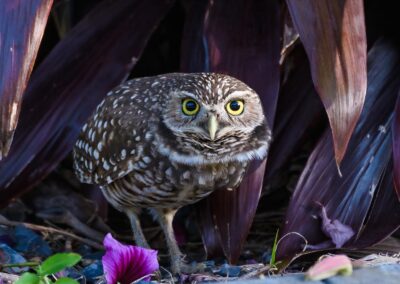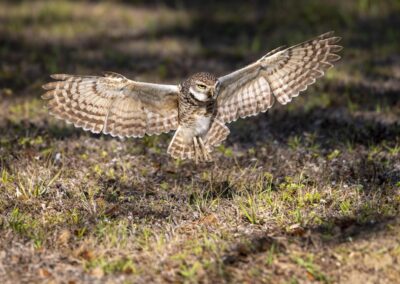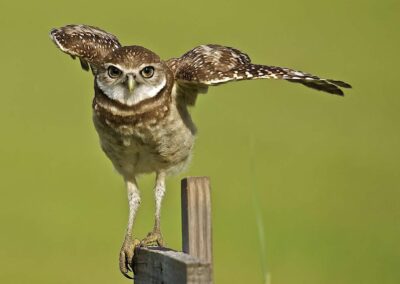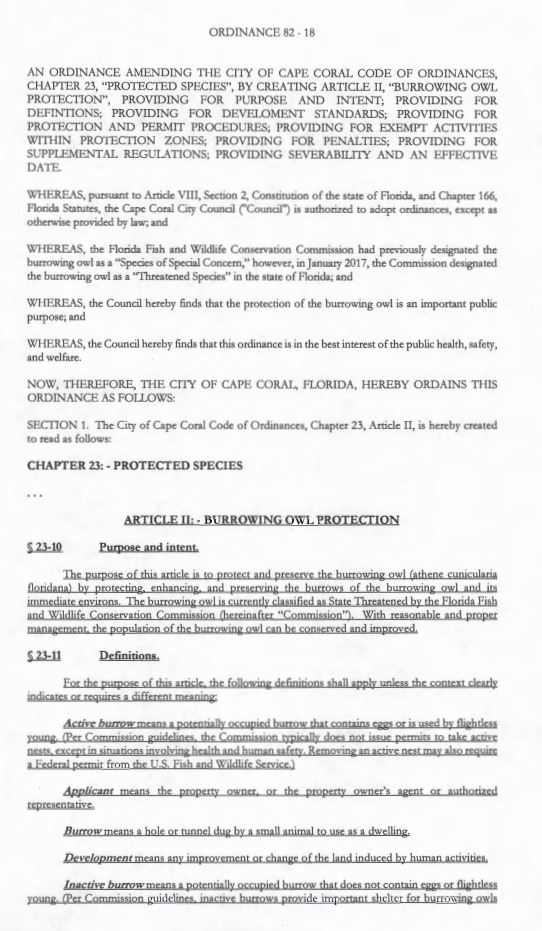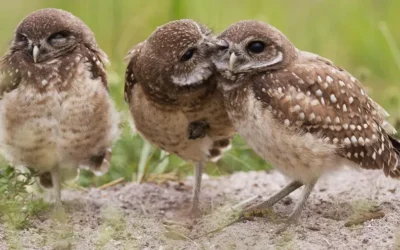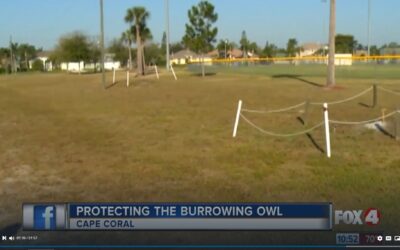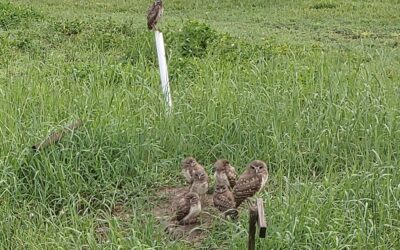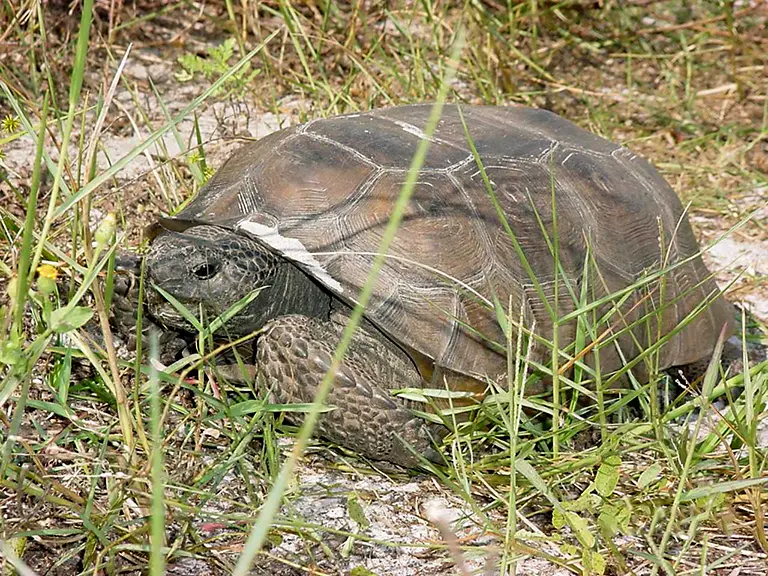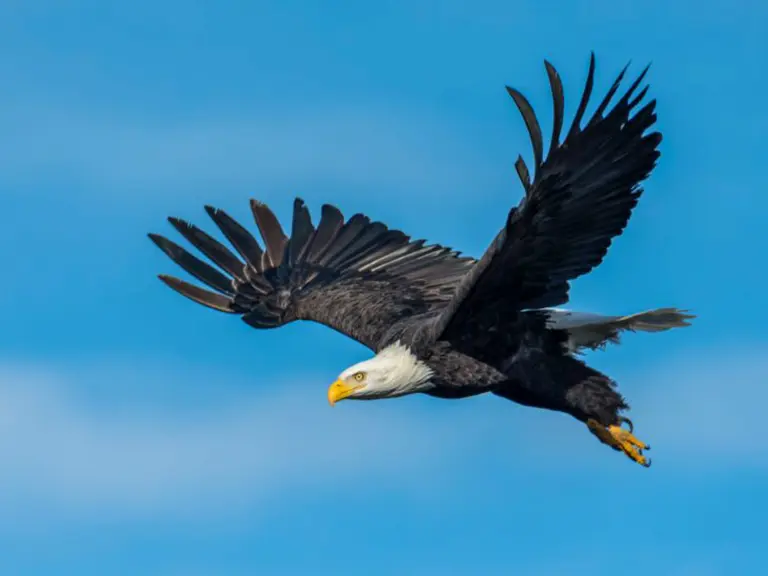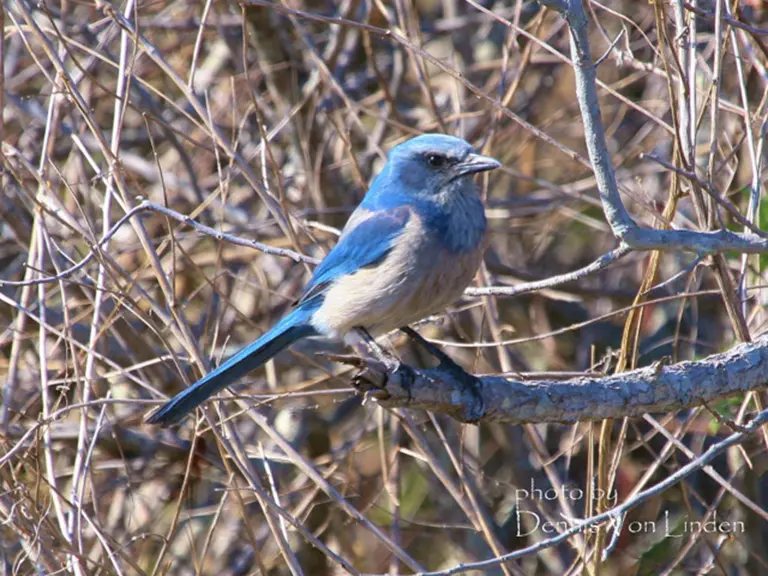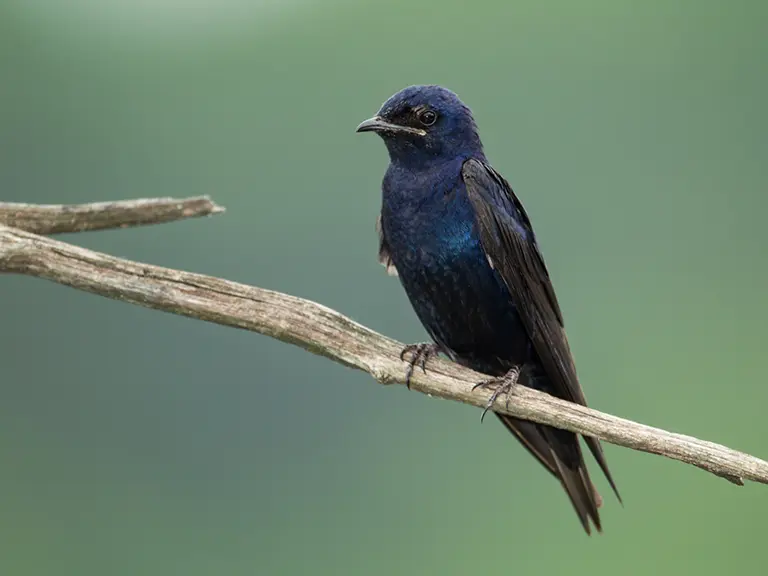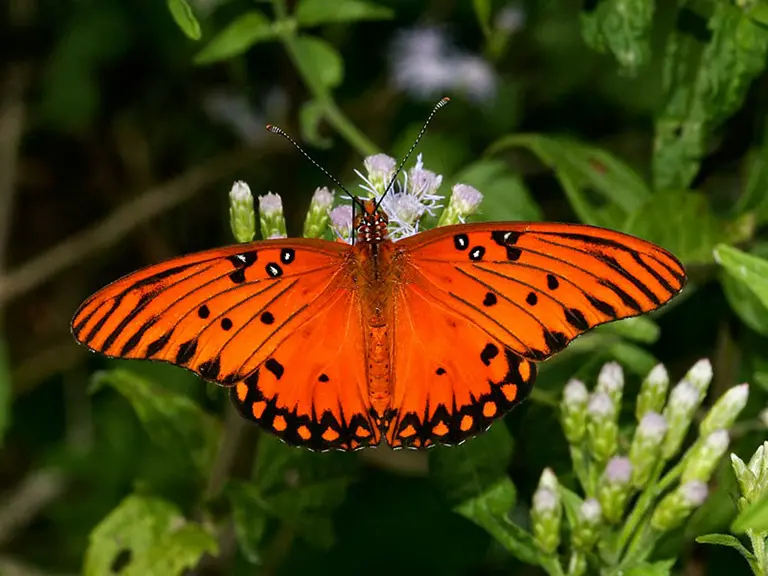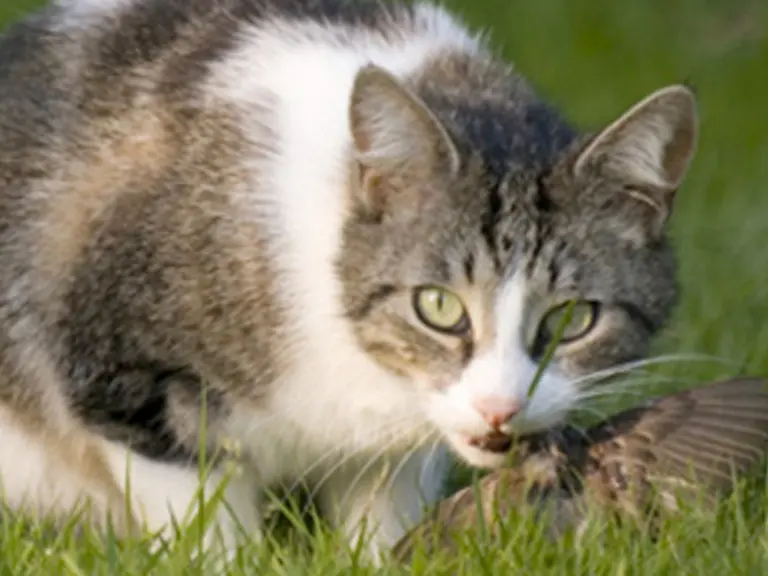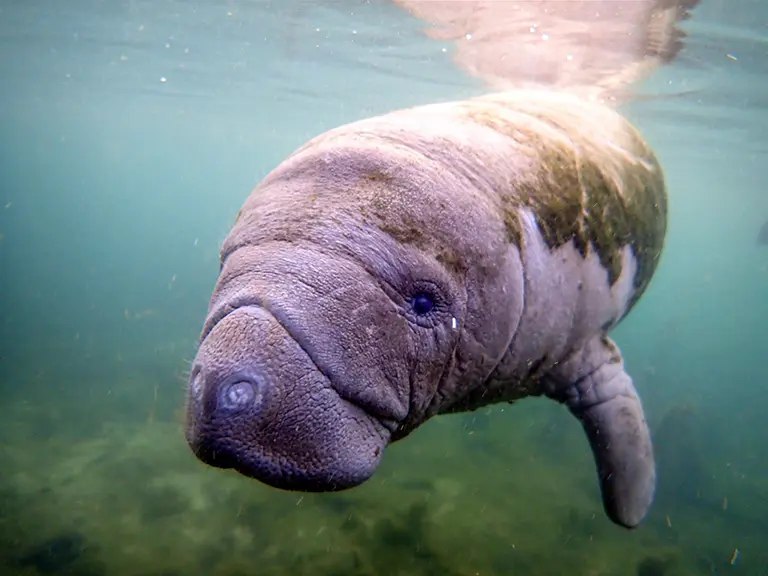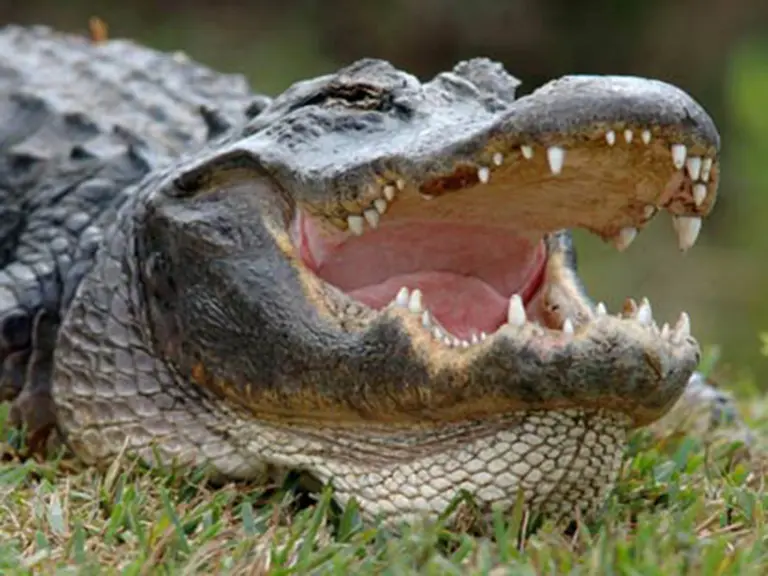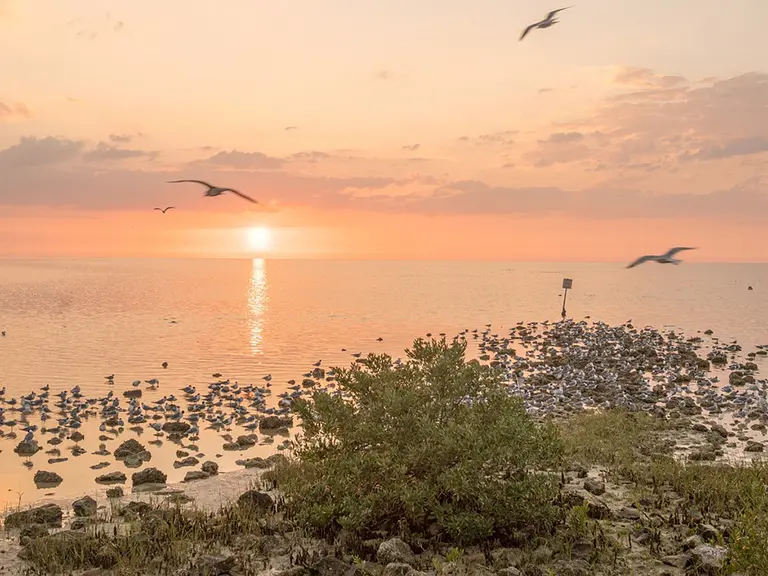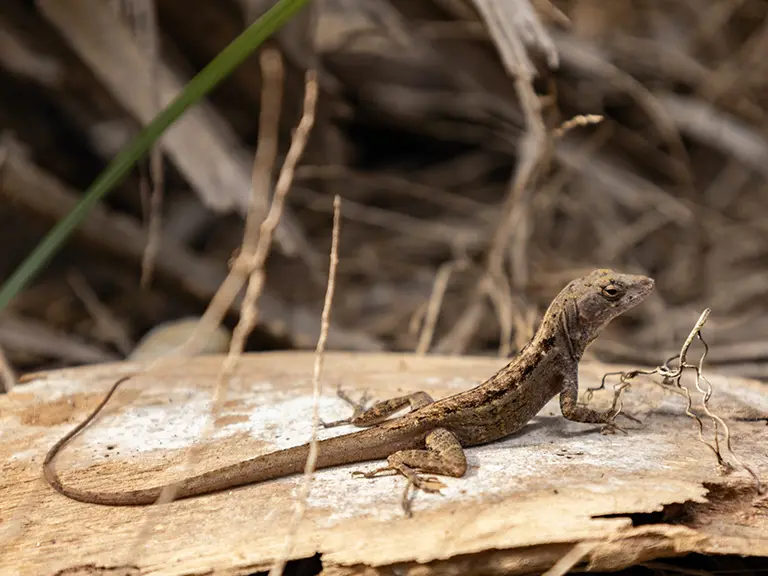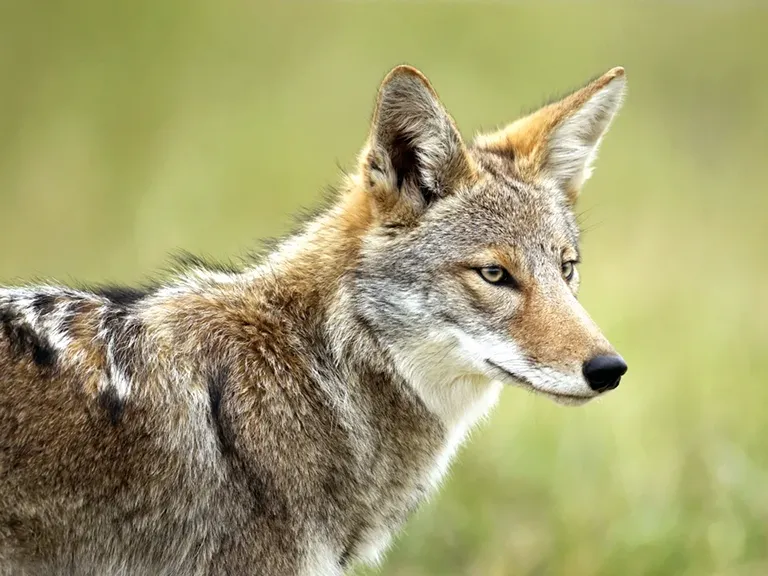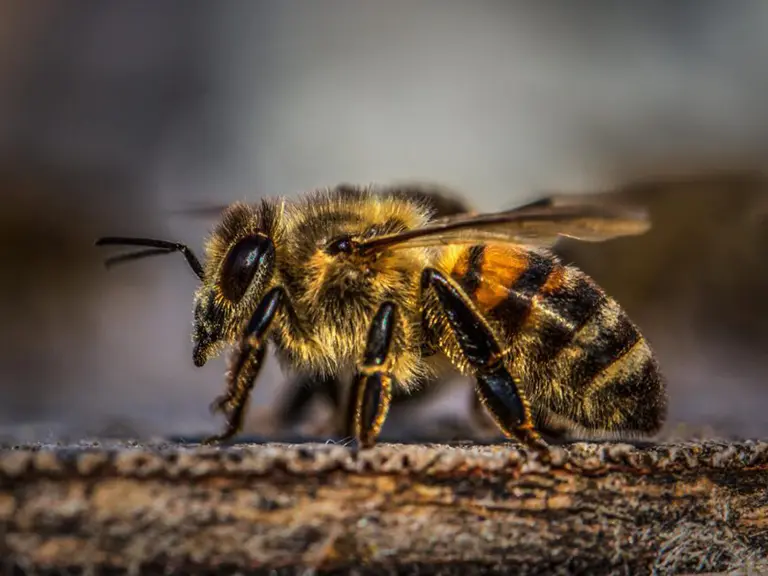Burrowing Owl
At 100 square miles, Cape Coral, Florida is the second-largest city by land area in the state of Florida, with Jacksonville being the only larger city. Cape Coral also boasts the largest population of the Florida species of the Burrowing Owl (Athene cunicularia floridana) in the state, estimated at 1,000 nesting pairs.
Weighing only 5-8.5 ounces and standing 7.5-11 inches tall, the Burrowing Owl is one of the smallest owl species in the world, and it’s unique among the 171 owl species for living underground. Unlike the Western species of Burrowing Owl (Athene cunicularia hypugaea) that inhabits abandoned prairie dog burrows, Florida’s Burrowing Owls dig their own burrows. Cape Coral is home to more than 2,500 burrows within the city limits, though not all are actively used by owls.
Photographers and birders from around the world visit Cape Coral to see these charming owls, often amazed by how easily they can be observed and photographed. However, this accessibility comes at a price. Over the years, one of the main locations to observe Burrowing Owls has been the Cape Coral Library. Many burrows used to surround the library, all bustling with owl activity. Today, only one burrow remains active, possibly due to excessive human disturbance, causing the owls to seek quieter locations.
While some Western Burrowing Owls migrate, those in Cape Coral remain year-round but may seek shelter in the summer to avoid the intense heat. The best time to see these owls is from January through June, and if you want to catch a glimpse of their chicks, the best time is late April through June.
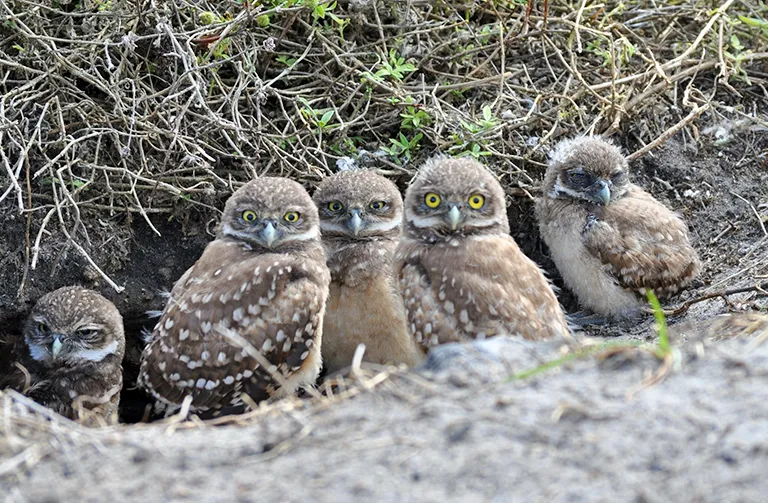
Rules of Engagement if You Visit Our Owls
- Download a map of suggested sites to search for owls on your own.
- Call Rotary Park Environment Center to sign up for a guided bus tour to see the Burrowing Owls and other wildlife of Cape Coral.
- Maintain a safe distance from the Burrowing Owls. Every known burrow in the city, located away from residential properties, has been marked with PVC pipes. Keep in mind that Burrowing Owl burrows can extend up to 10 feet, so the owl's living area may be outside the marked zone. It is not recommended to approach an owl closer than 20 feet or linger for extended periods. While owls may appear unperturbed by your presence, it disrupts their daily activities and may hinder their hunting for food, especially when chicks are present.
- Unlike other owl species, these owls are active during the day. They can often be observed sitting in front of their burrows or on nearby perches at any time. During nesting season, which lasts from February through July, the male stands guard over the burrow for hours, while the female tends to the eggs or young chicks. When the chicks are approximately 10 days old, they will start emerging from the burrow, and you'll see more of the female outside.
- For photographers, the best lighting conditions are during the first or last light of the day, as the harsh Florida sun is less favorable for great photos. For birders, mid-day, when the sun is at its hottest, is the least ideal time to observe the owls.
- Please do not feed the owls. Their diet consists of mice, roaches, small snakes, anoles, and frogs. Not crackers, peanuts, granola bars, or McDonald’s french fries!
Burrowing Owls in the News
Cape residents claim burrows in area ignored
The storm left the birds without a place to go back to, and many of them were injured. The owls are all over our community, and without a home, they’ll become scarce.
Give a hoot: Burrowing owl census takes wing in Cape Coral
Welcome to The Great Cape Coral Burrowing Owl Census 2017. Their task: Crisscross Cape Coral’s mazes of canal-cut streets, scanning yards and medians and vacant lots for burrowing owls.
Burrowing owl nest burned in Cape Coral
A burrowing owl nest in Cape Coral appears to have been burned, and neighbors say it may have been intentionally set.
Cape Coral growth hurting burrowing owls
A growing population in Cape Coral may be hurting the threatened burrowing owl.
Florida Fish and Wildlife Conservation Comission investigates disturbed burrowed owl nest
Florida Fish and Wildlife Conservation Commission is currently investigating after a resident in the area reported several burrowed owls were found dead on the property.
Cape Coral spends $200k protecting owl nests
The storm left the birds without a place to go back to, and many of them were injured. The owls are all over our community, and without a home, they’ll become scarce.

